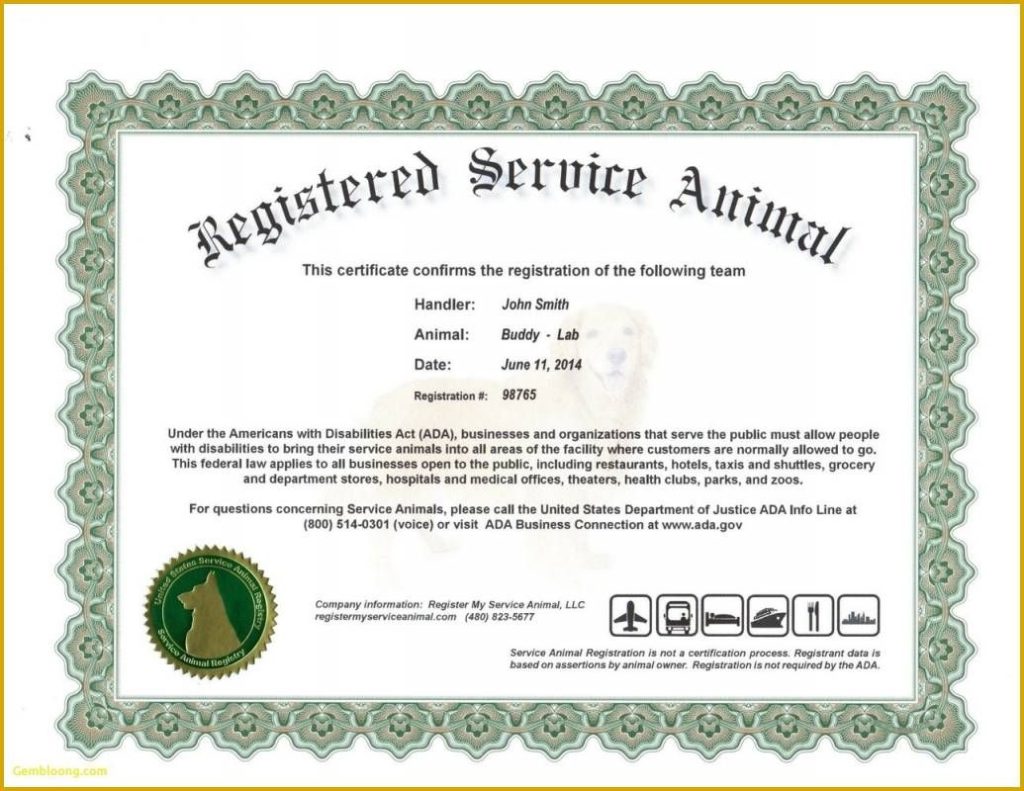5 Simple Steps to Service Dog Paperwork

Embarking on the journey of becoming a service dog owner requires a careful navigation through legalities and paperwork to ensure both you and your canine companion are well-prepared. Here's a step-by-step guide on how to handle the service dog paperwork, ensuring compliance with regulations and fostering a harmonious relationship with your service dog.
Step 1: Understanding the Basics

Before diving into the paperwork, it’s crucial to understand what a service dog is. Unlike pets, service dogs are trained to perform specific tasks that mitigate the effects of an individual’s disability. These dogs are not just companions; they are working animals with rights protected by law. Key points to know:
- A service dog must be trained to perform tasks directly related to the handler’s disability.
- Service dogs have access to public places where pets are typically not allowed.
- The Americans with Disabilities Act (ADA) in the U.S. outlines the legal rights for service dog handlers.
Step 2: Identifying the Right Organization

Once you’re familiar with the basics, finding the right organization to certify or register your service dog is next. Here are some steps:
- Research reputable organizations that provide service dog training and certification.
- Look for programs that are recognized by local or federal disability rights organizations.
- Ensure the organization adheres to ADA guidelines for service dog training and rights.
Step 3: Preparing the Documentation

The paperwork phase involves gathering and submitting documents. Here’s what you need to prepare:
| Document | Description | Importance |
|---|---|---|
| Medical Documentation | A letter from a healthcare provider outlining your disability and the necessity for a service dog. | Proves your eligibility for a service dog. |
| Training Certification | Certification from the training organization stating the dog is properly trained. | Verifies that the dog can perform necessary tasks. |
| Handler’s ID | An ID card or document identifying you as the legitimate handler of the service dog. | Provides legal proof of the handler’s rights. |

🔍 Note: While not mandatory by the ADA, having these documents can be helpful in public settings to avoid questions about the legitimacy of your service dog.
Step 4: Submission and Processing

With your documents ready, follow these steps to submit and process your paperwork:
- Check if the organization accepts online applications or prefers physical submissions.
- Ensure all forms are filled out accurately to avoid processing delays.
- Follow up if you do not hear back within the expected time frame.
Step 5: Maintaining Compliance

After obtaining certification and ID, keeping up with compliance is vital:
- Regularly update medical documentation as required by your organization or healthcare provider.
- Keep your service dog’s training up to date, ensuring they continue to meet the necessary standards.
- Carry essential documents like your ID card, vaccination records, and proof of training to public places for easier verification.
In summary, navigating the service dog paperwork involves understanding the legal framework, choosing the right organization, preparing accurate documentation, submitting and processing your application, and maintaining compliance over time. This process ensures that your service dog partnership is well-regulated, making daily life more manageable with your trained companion.
Do I need to register my service dog with a government agency?

+
No, there is no federal government registry for service dogs in the U.S. under the ADA. However, having documentation from a reputable organization can help in proving legitimacy.
Can a service dog be any breed?

+
Yes, a service dog can be of any breed, as long as the dog is appropriately trained to mitigate the handler’s disability.
What tasks can a service dog perform?

+
Service dogs are trained to do tasks such as guiding the visually impaired, alerting to sounds or medical conditions, fetching items, providing stability or balance, and interrupting self-harm or panic attacks.



